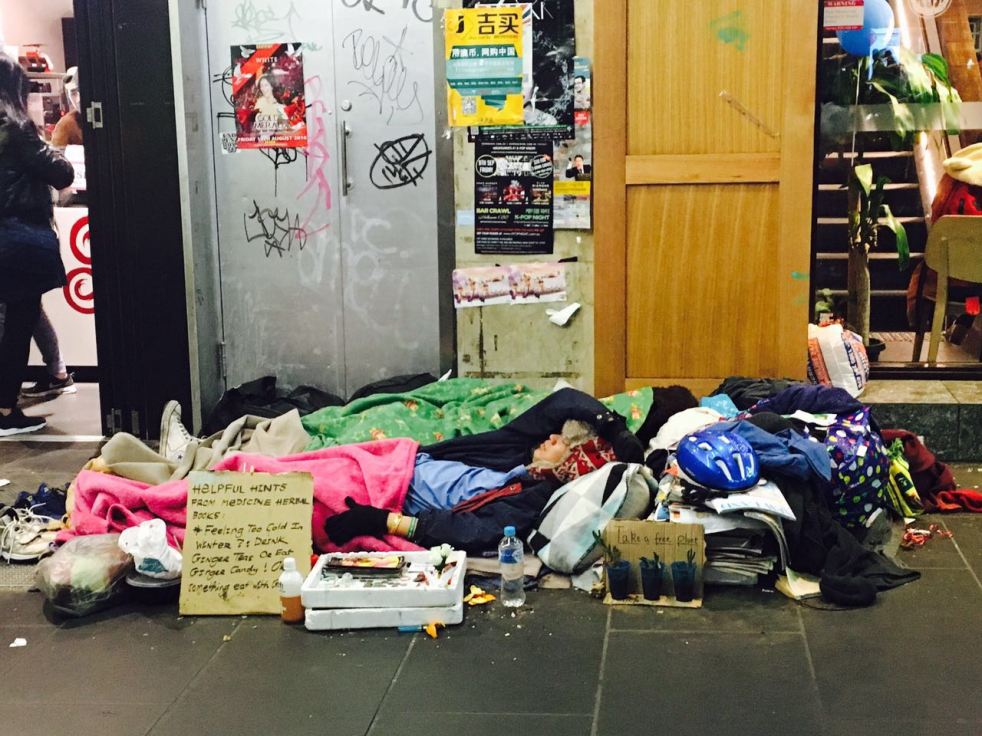
By Jiali Fan
Three in five Australians suffer from analysis paralysis when it comes to choosing products at supermarket and shops, new research reveals.
Comparison website Choosi’s research shows too much choice is making it harder to choose between similar options.
Rather than enjoying shopping, the research suggested, people paid more attention to whether they missed a “better” choice, making the decision-making process harder in a phenomenon called “analysis paralysis”.
Coles Human Resource Manager Anthony Takyi said they had received some customer feedback saying there was confusion created by large choice of products.
“We are currently taking the brand issues into account and we are considering reducing the types of products. Only selected lines with high quality will be sellable,” Mr Takyi said.
“We need to make sure our products are presentable on shelf and serve our supporting consumers at the maximal level,” he said.
Monash University Associate Professor Dr Antonio Verdejo, from the School of Psychological Sciences, said the idea of choice is good as it offers freedom, self-determination and autonomy but too many roughly equivalent options induces stress, anxiety and even fear in customers.
“We often use heuristics and affective signals to expedite our decisions in an advantageous way and when we deal with multiple options and complex information the decision process slows down,” Dr Verdejo said.
“This kind of overstimulation can let consumers end up less satisfied with the result of the choice and even get sidetracked from their original goal.”
The study by Core Data Research found that 29 per cent of Australians have made a large purchasing decision they later regretted.
But Monash professor in cognitive neuroscience Jeroen Van Boxtel said in practice, people’s earlier experiences with shopping went some way to prevent this.
“If there are so many different options which are all different in many small ways…it is almost impossible to compare them analytically and people generally stick with the choice they have made a long time ago,” he said.
“In supermarkets, this long time ago may refer to when you grew up as a child, you got use to a certain brand of product and as an adult you just continue buying that one without thinking too much about it.”
The research also reveals while most Australians say modern conveniences make their lives easier, 87 per cent feel that an easier life does not necessarily equate to a better life.


